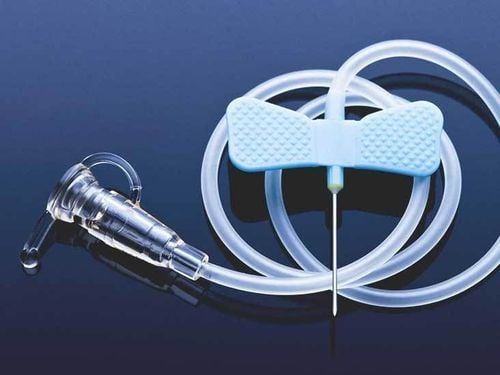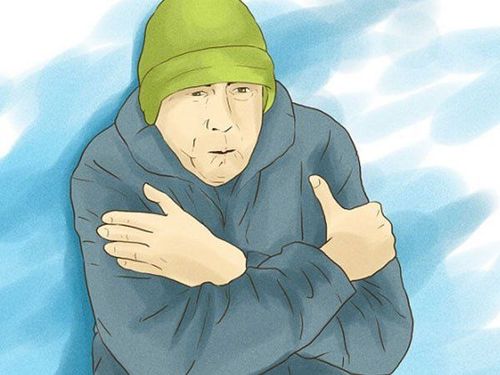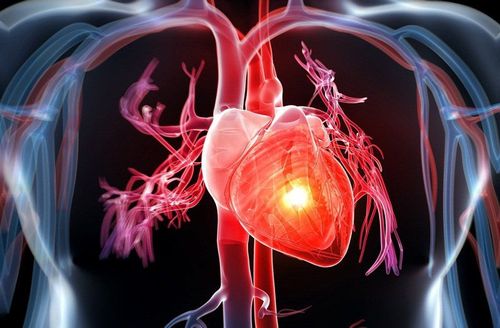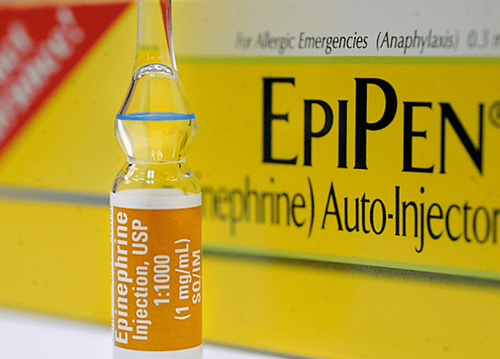This is an automatically translated article.
The article is professionally consulted by Master, Doctor Bui Tien Dat - Emergency Medicine - Cardiology - Emergency Resuscitation Department - Vinmec Hai Phong International General Hospital.Hypothermia in cardiovascular resuscitation and emergency medicine is a neuroprotective strategy that has proven highly effective in clinical practice, potentially influencing more than 20 mechanisms behind ischemia and reperfusion that minimizes hypothermia. brain damage after cardiac arrest, reduce cerebral edema, increase patient survival in cardiovascular resuscitation.
1. What is hypothermia?
Command hypothermia is the use of cooling techniques to reduce and control body temperature to 32-36°C. Thereafter, target temperature control or therapeutic hypothermia means active hypothermia combined with control of complications and side effects to treat the disease.The patient's circulatory arrest will cause ischemia in the organs because the heart loses its contractile function, disrupting cell functions, causing necrosis and programmed death, especially brain cells. The brain damage after cardiac arrest is often irreversible and leaves severe sequelae even death, but hypothermia will significantly prevent this damage process, thereby helping the patient have the ability to live. fraught with and without complications is more promising.
Clinically, there are currently 2 methods of cooling applied to lower body temperature, including:
Cooling outside the body (surface cooling): Using water, cold blankets, heat exchangers or cooling down. localization with a hat,... Internal cooling (intravascular cooling): Place a catheter containing cold solution into the central vein or administer fluids into the general circulation to control body temperature.

2. Stages in therapeutic hypothermia
There are 4 stages in therapeutic hypothermia, including:Stage 1: Body temperature is rapidly lowered to 32-36°C in 1-3 hours; Stage 2: Body temperature is maintained at desired temperature based on emergency department strategy and treatment is usually maintained for 24-48 hours; Stage 3: The patient is rewarmed with a prescribed increase in body temperature at 0.25-0.5°C per hour to avoid heat shock and complications of acute pulmonary edema or hemodynamic disturbances; Stage 4: The patient's body temperature is already in the normal range and will be maintained for a period of 24 hours and monitored.
3. Notes in hypothermia emergency
When using cardiovascular hypothermia, the following issues should be kept in mind:Temperature control should be a key goal in the treatment of patients with neurological impairment; Hyperthermia can be dangerous for any patient with brain damage, so extreme caution should be exercised; Temperature management should be instituted in patients in cardiac arrest with ventricular tachycardia/ventricular fibrillation or with asystole/electromechanical dissociation; 32°C is recommended for at least 24 hours, but 36°C is still an option if tightly controlled. Although it has been widely applied in the world and has brought positive effects, the technique of hypothermia for patients with circulatory arrest in Vietnam is still in the early stages. However, the method has brought positive effects, promising a positive future for patients who are comatose after circulatory arrest or acute cerebral infarction, acute myocardial infarction.
Master. Doctor. Bui Tien Dat received intensive training in the field of cardiology and cardiovascular emergency resuscitation at Hanoi Medical University and Bach Mai Hospital. The doctor has more than 12 years of experience in the field of emergency and cardiovascular resuscitation and is currently a doctor at the Emergency Department of Vinmec Hai Phong International General Hospital.
If you notice any unusual health problems, you should visit and consult with a specialist.
Please dial HOTLINE for more information or register for an appointment HERE. Download MyVinmec app to make appointments faster and to manage your bookings easily.














